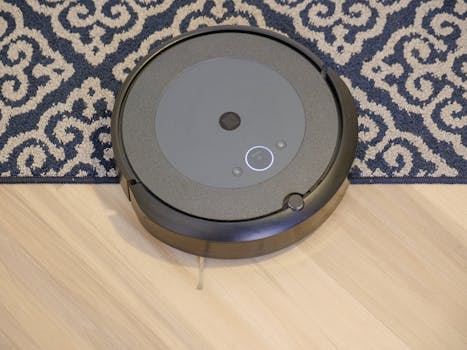
Smart Homes and Smart Living: The Technological Transformation of European Homes by 2025
Smart Homes and Smart Living are revolutionizing the way Europeans live, with technological advancements transforming homes into efficient, comfortable, and secure spaces. By 2025, European homes are expected to be equipped with cutting-edge technology, enhancing the quality of life for residents.
Introduction to Smart Homes
A smart home is a residence that uses advanced technology to automate and control various aspects of the living space. This includes lighting, temperature, security, entertainment, and even household appliances. The concept of smart homes has been around for several decades, but recent advancements in technology have made it more accessible and affordable for the average consumer.
Technological Transformation of European Homes
By 2025, European homes are expected to undergo a significant technological transformation. This will be driven by the increasing demand for energy efficiency, convenience, and security. Some of the key technologies that will shape the future of European homes include:
- Internet of Things (IoT) devices
- Artificial intelligence (AI)
- 5G connectivity
- Smart speakers and voice assistants
- Biometric authentication
Benefits of Smart Homes
The benefits of smart homes are numerous and significant. Some of the most notable advantages include:
- Energy efficiency: Smart homes can optimize energy consumption, reducing waste and saving residents money.
- Convenience: Smart homes can automate various tasks, making life easier and more convenient for residents.
- Security: Smart homes can provide advanced security features, such as biometric authentication and motion detection, to protect residents and their property.
- Comfort: Smart homes can optimize temperature, lighting, and entertainment systems to create a comfortable and enjoyable living space.
Challenges and Limitations
While smart homes offer many benefits, there are also challenges and limitations to consider. Some of the most significant concerns include:
- Cost: Smart home technology can be expensive, making it inaccessible to some consumers.
- Complexity: Smart home systems can be complex and difficult to install and maintain.
- Security risks: Smart homes can be vulnerable to cyber threats and data breaches.
- Interoperability: Smart home devices from different manufacturers may not be compatible, limiting their functionality.
Conclusion
In conclusion, the concept of smart homes and smart living is revolutionizing the way Europeans live. By 2025, European homes are expected to be equipped with cutting-edge technology, enhancing the quality of life for residents. While there are challenges and limitations to consider, the benefits of smart homes are significant, and the technological transformation of European homes is expected to continue in the coming years.

